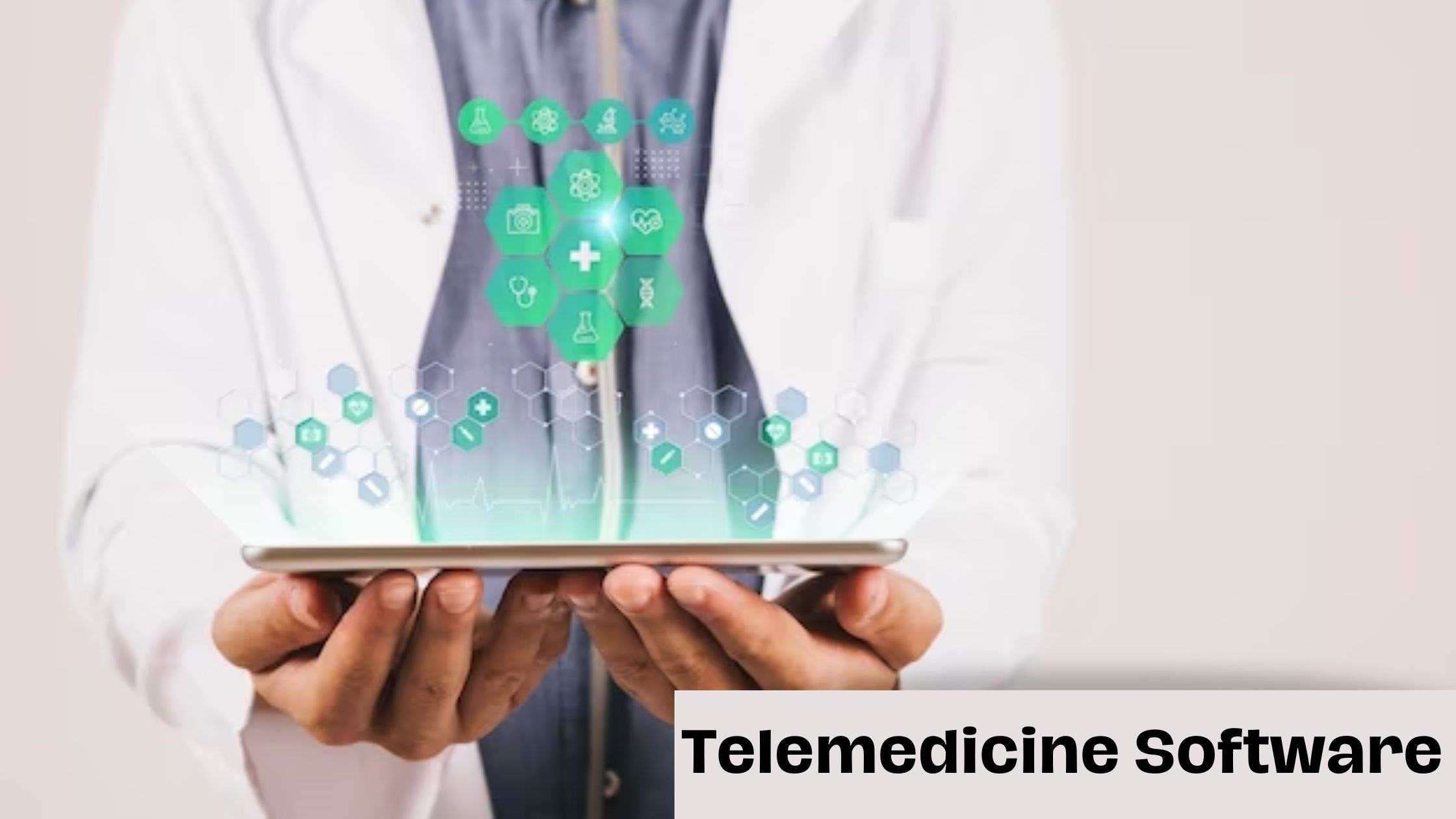In the digital age, technological advancements have permeated every facet of our lives, transforming the way we work, communicate, and even seek medical care. One such innovation that has garnered significant attention is telemedicine software.
This cutting-edge technology is reshaping the landscape of healthcare delivery, providing a bridge between patients and healthcare professionals regardless of geographical distances.
In this blog post, we will delve into the depths of telemedicine software development, exploring its definition, components, benefits, challenges, and the profound impact it has on the healthcare industry.
Understanding Telemedicine Software:
Telemedicine software is a comprehensive suite of digital tools and applications designed to facilitate remote healthcare services, allowing patients and healthcare providers to connect virtually. It leverages telecommunications technology to enable real-time audio and video communication, secure data transmission, and the exchange of medical information between patients and healthcare professionals. This technology encompasses a wide range of services, including virtual consultations, remote monitoring, electronic prescriptions, and digital health records.
Key Components of Telemedicine Software:
Video Conferencing Platforms:
Central to telemedicine software is the ability to conduct virtual consultations seamlessly. Video conferencing platforms within the software enable face-to-face communication between patients and healthcare providers, fostering a sense of connection and personalized care.
Electronic Health Records (EHR) Integration:
Telemedicine software often integrates with electronic health records systems to ensure the secure storage and retrieval of patient information. This integration streamlines the exchange of medical data, providing healthcare professionals with a comprehensive view of the patient’s medical history.
Mobile Applications:
Many telemedicine solutions offer dedicated mobile applications, allowing patients to access healthcare services from the convenience of their smartphones or tablets. These apps often include features such as appointment scheduling, medication reminders, and virtual waiting rooms.
Remote Monitoring Devices:
Some telemedicine platforms support the integration of remote monitoring devices. These devices enable the continuous tracking of vital signs and other health metrics, providing healthcare professionals with real-time data for more accurate assessments and timely interventions.
Benefits of Telemedicine Software:
Improved Access to Healthcare:
Telemedicine software breaks down geographical barriers, providing individuals in remote or underserved areas with access to quality healthcare. This is particularly valuable for patients who face challenges in traveling to healthcare facilities due to physical disabilities, lack of transportation, or other constraints.
Convenience and Time Efficiency:
Telemedicine eliminates the need for patients to travel to healthcare facilities, saving both time and resources. Virtual consultations enable individuals to receive medical advice and prescriptions from the comfort of their homes, reducing waiting times and increasing overall convenience.
Cost Savings:
The adoption of telemedicine can lead to significant cost savings for both patients and healthcare providers. Patients can avoid expenses related to travel, parking, and accommodation, while healthcare facilities can optimize their resources more efficiently.
Enhanced Continuity of Care:
Telemedicine facilitates better continuity of care by allowing patients to connect with their healthcare providers consistently. This is particularly beneficial for individuals managing chronic conditions, as regular virtual check-ins enable timely adjustments to treatment plans and interventions.
Reduced Healthcare Disparities:
Telemedicine plays a crucial role in reducing healthcare disparities by extending medical services to underserved populations. It ensures that individuals in rural or economically disadvantaged areas have access to the same level of healthcare as those in more urban and affluent regions.
Challenges and Considerations:
Technology Barriers:
Despite the widespread availability of technology, some individuals may face barriers related to digital literacy, access to devices, or reliable internet connectivity. Addressing these challenges is essential to ensure that telemedicine remains inclusive and accessible to all.
Regulatory and Legal Considerations:
The adoption of telemedicine is accompanied by regulatory and legal considerations that vary across jurisdictions. Issues such as licensure, reimbursement policies, and data privacy regulations need to be addressed to create a conducive environment for telemedicine implementation.
Security Concerns:
The transmission and storage of sensitive health information raise concerns about data security and privacy. Telemedicine software must incorporate robust encryption measures and compliance with healthcare data protection standards to safeguard patient information.
Integration with Existing Healthcare Systems:
Seamless integration with existing healthcare systems, including electronic health records and other IT infrastructure, is crucial for the successful implementation of telemedicine. Compatibility issues may arise, requiring careful planning and coordination.
Patient and Provider Adoption:
The success of telemedicine depends on the willingness of both patients and healthcare providers to embrace this technology. Education and training programs can play a vital role in ensuring that users are comfortable with the tools and confident in the virtual healthcare experience.
The Future of Telemedicine Software:
As technology continues to evolve, the future of telemedicine software holds exciting possibilities for the healthcare industry. Some key trends and developments include:
Artificial Intelligence (AI) Integration:
The integration of AI in telemedicine software can enhance diagnostic capabilities, automate routine tasks, and provide valuable insights for personalized patient care.
Virtual Reality (VR) and Augmented Reality (AR) Applications:
VR and AR technologies are poised to transform the telemedicine experience by creating immersive environments for remote consultations, medical training, and therapeutic interventions.
Blockchain for Secure Health Data Exchange:
Blockchain technology has the potential to address security concerns by providing a decentralized and tamper-resistant platform for health data exchange and storage.
Widespread Adoption of 5G Technology:
The deployment of 5G networks will further improve the reliability and speed of telemedicine services, enabling high-quality video consultations and real-time data transmission even in remote areas.
Conclusion
In the rapidly evolving landscape of healthcare, the advent of telemedicine software stands as a beacon of progress, reshaping the way we perceive and access medical care. This digital innovation has transcended boundaries, connecting patients with healthcare professionals in a seamless virtual realm. As we navigate the intricacies of this transformative technology, it becomes evident that the future of healthcare is intricately linked with the capabilities of telemedicine software.
For healthcare providers and organizations looking to harness the full potential of telemedicine, collaboration with a dedicated Healthcare Software Development company is paramount. These specialized firms bring a wealth of expertise, combining technological prowess with a deep understanding of the intricacies of the healthcare sector. Through custom solutions, these companies can address the unique needs and challenges of healthcare providers, ensuring the seamless integration of telemedicine software into existing systems.





